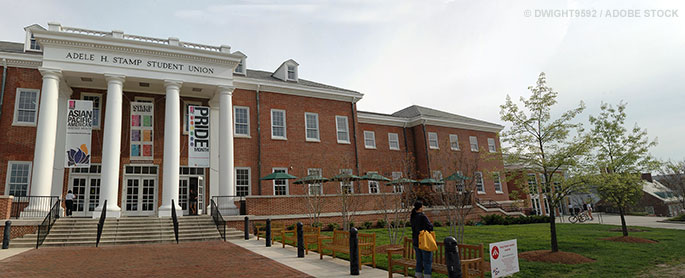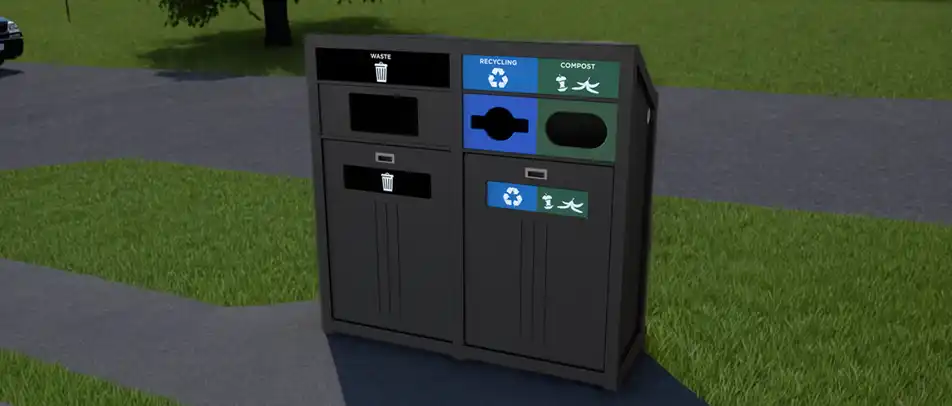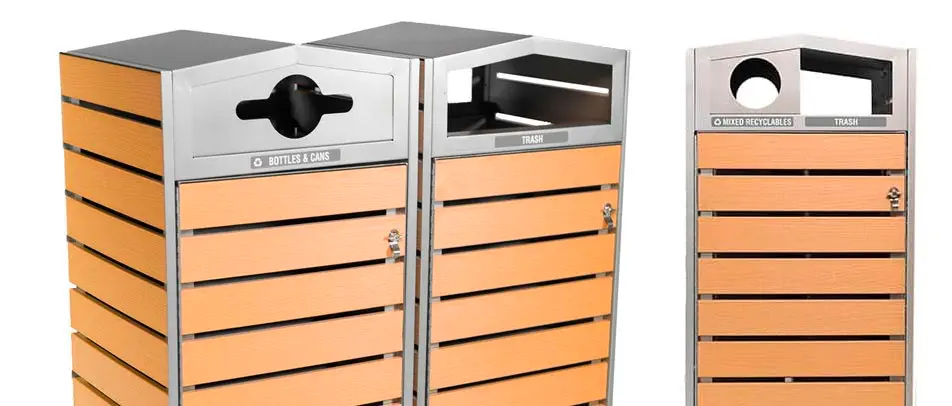
With over forty percent of its undergraduate students residing on campus, the large urban setting of the University of Maryland not far from the nation’s capital makes a perfect laboratory for putting sustainability theory into practice. The Big Ten university, known for its legendary college basketball record, formidable research reputation, and strong academics, is located in College Park, MD and boasts roughly 41,000 undergrad and graduate students, and 14,000 faculty and staff. Sustainability isn’t new there – in fact, it’s everywhere you look on campus and goes way beyond recycling and solar-powered parking lots. Sustainability courses are plentiful in the undergraduate course list, and students minor in these courses more than any other discipline there. Its goals for greening things up just got bigger.
Maryland makes the List
Princeton Review ranks the school, Maryland’s flagship state university, among the world’s leaders at green living in higher ed. In the university’s 2020 strategic plan, sustainability figures greatly in terms of nearly every aspect of campus operations and university life. Its next major initiative? Cutting greenhouse gas emissions by half within the next year. Here’s how they’ll do it.
Green Buildings
Maryland, like many universities, continues to scale up in the effort to meet growing enrollment needs. All future capital projects will be carbon-neutral. Retrofits for existing buildings are to achieve energy efficiency improvements of at least 20%,
Energy Overhaul
Heating and power-generating systems on the campus will be re-engineered. One hundred percent of all power purchases which exceed the university’s own energy plant will come from renewable resources. UMD will add 7,000 solar panels to its array.
Travel Enhancements
By harnessing its formidable purchasing power and tapping into local government projects such as commuter light rail expansions, the carbon footprint of university staff and student travel is expected to drop. Electric vehicles will become the rule, and basic strategies like car and van-pools will overtake traditional fleet management.
Food Sourcing
Food, which accounts for an enormous percentage of the human footprint from production to consumption, will be purchased by Dining Services from local and sustainable sources.
When the United States pulled out of the Paris Climate Accord, the University of Maryland joined with thousands of leaders from around the country in a pact called, “We Are Still In.” Find out more about how the University of Maryland is weaving sustainability into every facet of university operations, research, and student life and culture.




































































































































 Three Ways to Engage Teams and Clients to Maximize Your Recycling Program Engagement
Three Ways to Engage Teams and Clients to Maximize Your Recycling Program Engagement  How to Integrate Accessibility Into Your Sustainability Planning
How to Integrate Accessibility Into Your Sustainability Planning  Why Park Benches Can Promote Workplace Well-Being
Why Park Benches Can Promote Workplace Well-Being 
